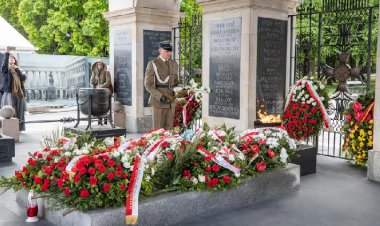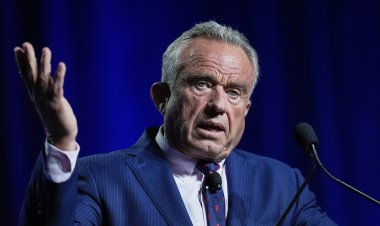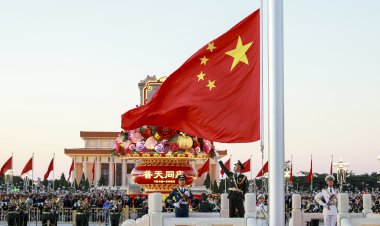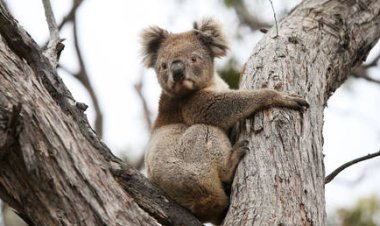Inside the text-for-pay campaign that got Asa Hutchinson on the debate stage
Students were paid $20 a pop for every $1 donation they found for the former Arkansas governor.
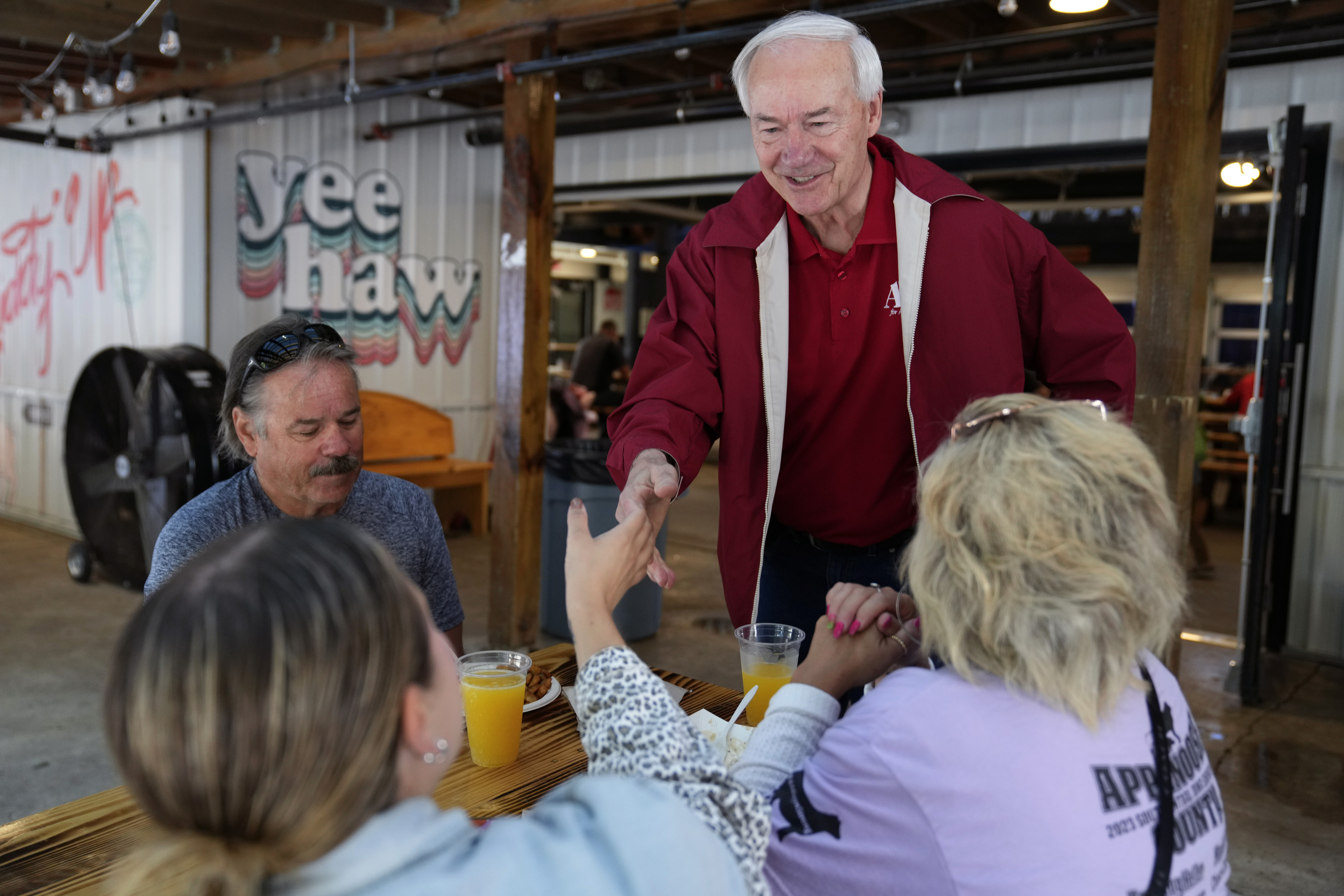

Live from a Des Moines television studio, Asa Hutchinson, the longshot presidential candidate, looked into the camera and made his case to the Friday night audience of MSNBC viewers.
He had until “Monday, close of business,” to qualify for the first Republican debate, and he needed everyone to go to his website to donate. After the former Arkansas governor vowed he would “prosecute” Trump onstage and would tell “the truth” about Jan. 6, his campaign said 4,000 new donors rolled in.
But before Hutchinson’s appearance on Chris Hayes’ primetime show, part of a mid-August media blitz, there was a more consequential, little-noticed effort afoot to keep the Reagan-era Republican in the running for 2024 and get him on the debate stage — one that ultimately brought in nearly half of his campaign’s first 40,000 donors.
It involved hundreds of college students who were paid $20 a pop for every family member, friend or acquaintance they could persuade to donate $1 to Hutchinson this summer.
The texting-for-pay plan was one of several efforts by Republican contenders to beef up their number of unique donors by paying for them. Doug Burgum, the North Dakota governor, handed out $20 gift cards for $1 donations. Vivek Ramaswamy offered supporters a 10 percent cut of any money they raise for him, and Francis Suarez’s super PAC promoted the raffling off of a $15,000 college scholarship for a donation. For some Republicans, like Hutchinson, it was a workaround to the Republican National Committee’s requirement that candidates amass 40,000 donors to qualify for the debate, a measure of grassroots support. The texting program dreamed up by Republican strategist Austin Barbour, who helps run the pro-Hutchinson super PAC America Strong & Free Action, played a major role in helping him qualify.
Not long ago, it looked like Hutchinson wouldn’t make it. The former Arkansas governor had worked his own contacts for months, struggling to even hit the 5,000-donor mark halfway through the year.
Nothing the candidate or his aligned super PAC did was working. The group’s attempt at a text campaign in early June had failed, Barbour said (“The returns were miniscule, and that’s being kind”), and neither they nor Hutchinson’s campaign had the type of cash that other candidates did to keep spamming random voters.
The super PAC tried running an ad on Fox News and MSNBC, a clip that featured former President Ronald Reagan in 1986 endorsing Hutchinson, that time for a Senate bid. People loved the ad, Barbour said, but it was “a complete bust,” bringing in fewer than 100 new donors after running more than 40 times on the networks.
They tried two tele-town halls with Hutchinson as their special guest. “He was fantastic,” Barbour said. “But we got no donors.” (Again, less than 100 people signed up to give between the two phone events.)
Awake in the middle of the night on June 14, Barbour and Conrad Lucas, the former West Virginia GOP chair who is also helping on the Hutchinson super PAC, racked their brains. Inspired by the grassroots campaigns he worked on while growing up in Mississippi, Barbour, the nephew of former Mississippi Gov. Haley Barbour, got the idea. He was due in a couple days to interview a recent college graduate about doing some political work.
“My thought was, if you get somebody to call their friends, family, somebody they know — all they’re asking for is $1 — certainly they’re going to say ‘yes,’” Barbour said.
That first recent college graduate agreed, and recruited 11 of his friends from universities in Mississippi, Arkansas, Louisiana and Tennessee. They could tell people they were doing an internship with the super PAC, as long as they were certain to mention that they were sending the text on behalf of America Strong & Free Action. And it didn’t matter if they got someone to give $1 or $100, they’d get paid $20 for every new donor, Barbour instructed them.
The test with the original dozen college-age students yielded 607 donors in about a week. Barbour came up with a PowerPoint presentation about the plan, which he dubbed the “American Outreach Team,” and convinced a donor based in Arkansas to give $250,000 to fund an expanded effort.
Eventually, by word of mouth, they had enrolled 700 people to scour their contact lists to recruit new Hutchinson donors, all earning $20 a piece. Some were in-state Hutchinson supporters, though the majority were young adults with downtime over the summer, Barbour said. His son, an 18-year-old high school senior, found 100 donors. And a couple young, enterprising team members starting their own political firm even sub-contracted out work to others.
The super PAC’s conduit program routed 99 percent of each donation that came in to Hutchinson’s campaign.
After Hutchinson qualified over the weekend, a few of the young men on the super PAC’s original donor recruitment team were given tickets to attend Wednesday’s debate, Barbour said.
“There’s nothing wrong with what everyone else was doing,” he said of other campaigns’ donor-building strategies. “We just knew we couldn’t afford it.” Like the candidate’s own operation, the super PAC is relatively small and operates on little money. It includes Jon Gilmore, the super PAC’s chair and a longtime political adviser to the former governor; Molly Donlin, who has overseen America Strong & Free Action’s Iowa field program; and Paul Smith, the super PAC’s digital consultant.
As for the TV appearances that ultimately put Hutchinson over the RNC’s donor requirement Saturday, campaign manager Rob Burgess, who has made earned media a central component of Hutchinson’s campaign strategy, said he “called in as many favors as (he) could” in recent weeks to keep his boss on the air.
Since the start of August, the former Arkansas governor has appeared more than 30 times on television, not including his radio or print interviews.
Hutchinson still barely registers in national polls and lags far behind most other candidates in fundraising. And he had been warned for months that he needed to be more direct in asking viewers to go to his website and donate, according to a person with knowledge of the campaign’s operations. He finally began implementing the strategy in earnest over the last two weeks.
Hutchinson racked up 2,800 donors after appearing on MSNBC’s “Morning Joe” recently, Burgess said, and another 2,200 after Kaitlan Collins’ CNN primetime show last week.
“It resonated,” Burgess said.








